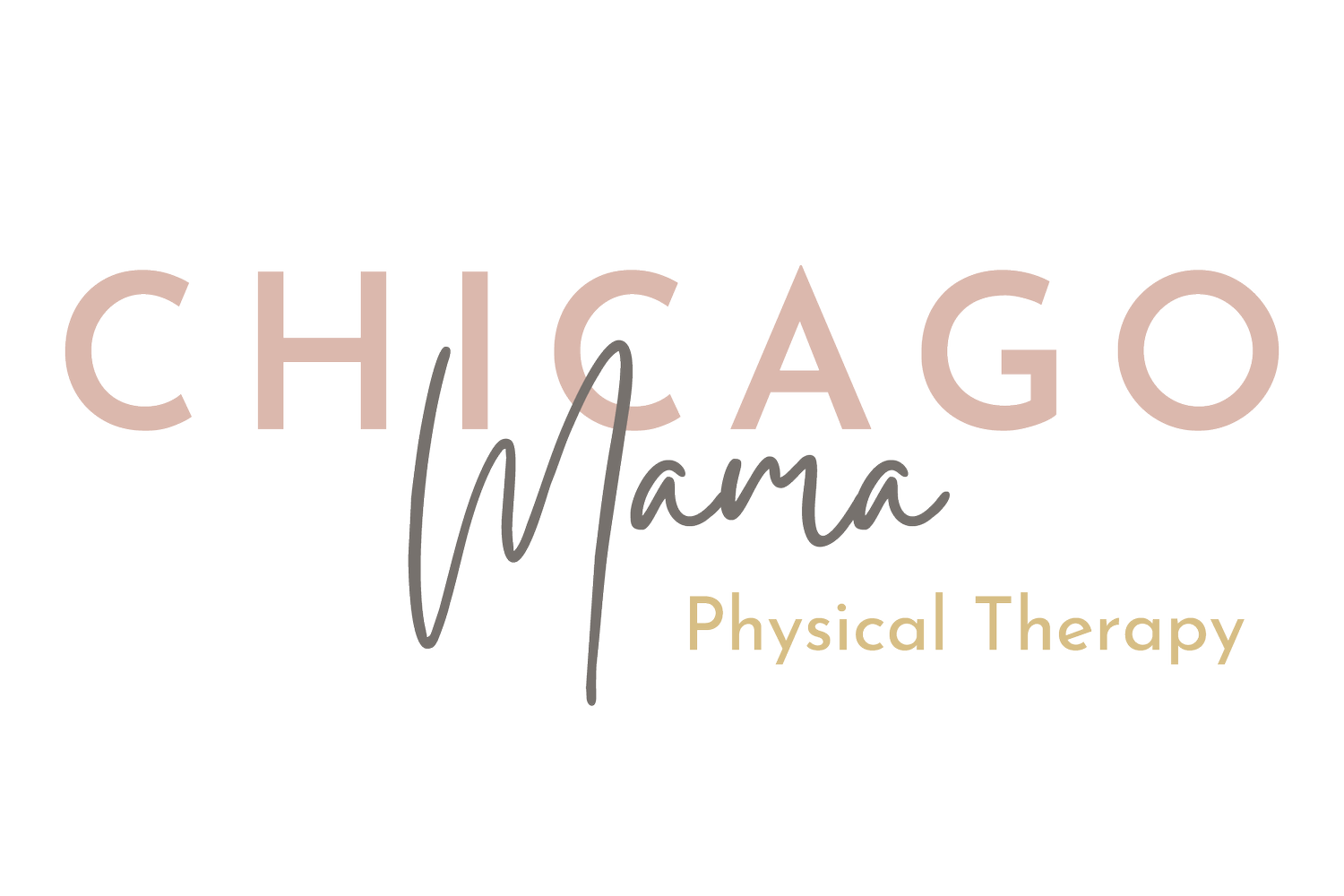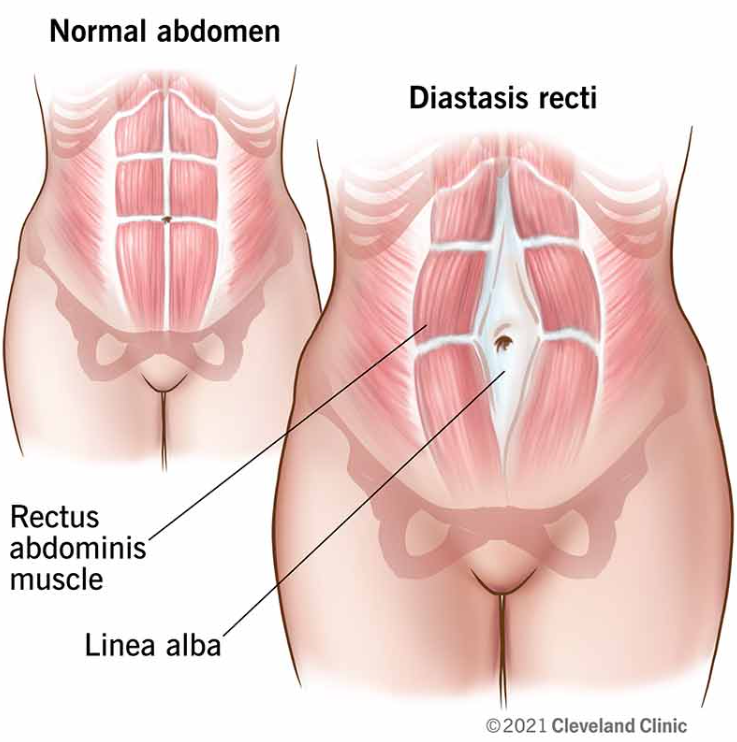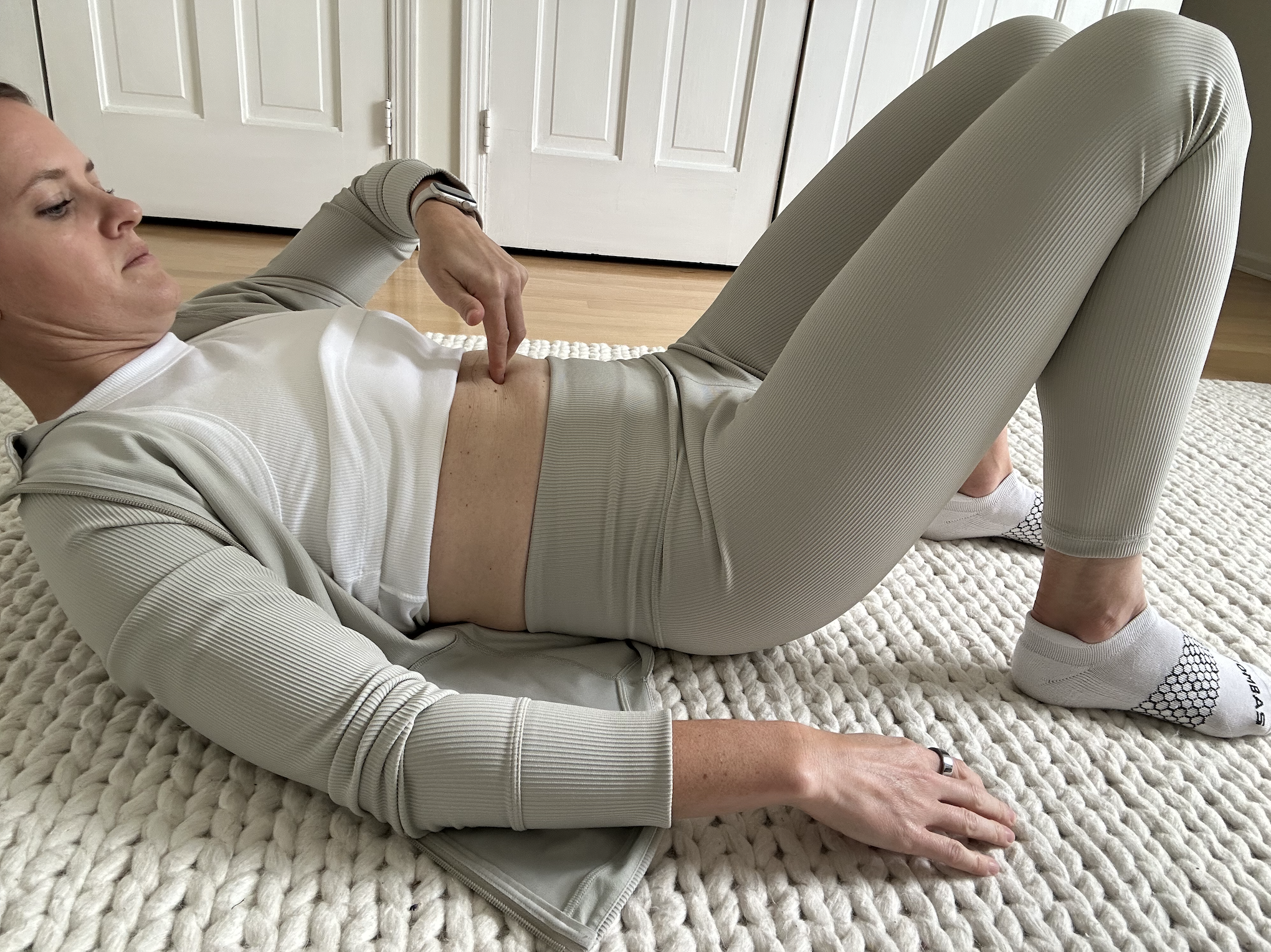Healing Diastasis Recti with Pelvic Floor Therapy
Healing Diastasis Recti
The term, diastasis recti, has been used for decades, however, interest and research in diastasis recti has grown considerably in the past 5 years. This article will help explain what it is, how to know if you have it, and how you can heal your body through pelvic floor therapy at Chicago Mama Physical Therapy in Barrington, IL.
What is Diastasis Recti?
In the simplest terms, diastasis recti is the separation of abdominal muscles. It is very common after pregnancy, but this condition can affect both men and women. According to the Cleveland Clinic, 6 in 10 women have diastasis recti after childbirth. The rectus abdominis is a pair of muscles that run vertically along the front of your stomach, known as the "six-pack abs." They are separated by a band of tissue called the linea alba, which thins and pulls apart as your uterus expands during pregnancy. This is a normal occurrence that happens during pregnancy. After childbirth, the linea alba can heal and come back together, but sometimes it loses it's elasticity from stretching and the gap in your abdominals won't close as much as it should.
Photo: Cleveland Clinic
Checking for Abdominal Separation
There is a simple test you can do at home to see if you have diastasis recti.
Lie on your back on the floor with your knees bent, feet on the floor: Place one or two fingers horizontally at the midline of your abdomen. You can start about 2 inches above your belly button.
Gently and slowly lift your head and shoulders off the ground: Feel for a gap between your abdominal muscles. You can also assess the depth- how far down do your fingers sink *hint this is more important than the distance of the gap*
Repeat the process with your fingers placed below and at your belly button.
If you feel a gap that is wider than 1 finger, it's best to see a pelvic floor therapist to confirm that you have diastasis recti. You may also notice other symptoms such as visible “doming” or bulge down the midline, core weakness, back pain, pelvic floor dysfunction, and difficulty with certain exercises or movements.
Healing Abdominal Separation
It's important to address diastasis recti. It is a treatable condition. If left untreated, it is possible to develop back pain, pelvic floor dysfunction, and increased risk of hernia. Our core is also closely tied to to our emotional and mental health. At Chicago Mama Physical Therapy, we have seen how a strong core leads to increased confidence and stability, in general, as you move through life. This is so much more than achieving a flat stomach. Pelvic floor therapy addresses how you move through life - physically, emotionally, and energetically. You are not broken if you have a diastasis recti, but you also do not need to live with it, and we are here to help!
Pelvic Floor Therapy for Diastasis Recti
At Chicago Mama Physical Therapy in Barrington, IL, we dig deep to address the root cause of your concerns using a holistic, full‑body approach and lifestyle habits for lasting relief. Every one‑hour session is one‑on‑one with a doctor of physical therapy who specializes in pelvic health and supports women during pregnancy, postpartum and beyond. Your care plan is customized to your unique needs and goals—perfect for the busy mom!
Next Steps to Heal Your Diastasis Recti
Ready to begin your healing journey? Schedule your free discovery call today and learn how pelvic floor therapy can help you reconnect with your core. We can't wait to be a part of your journey!
To schedule a free discovery call, visit chicagomamapt.com/contact or call 312.554.5146.



